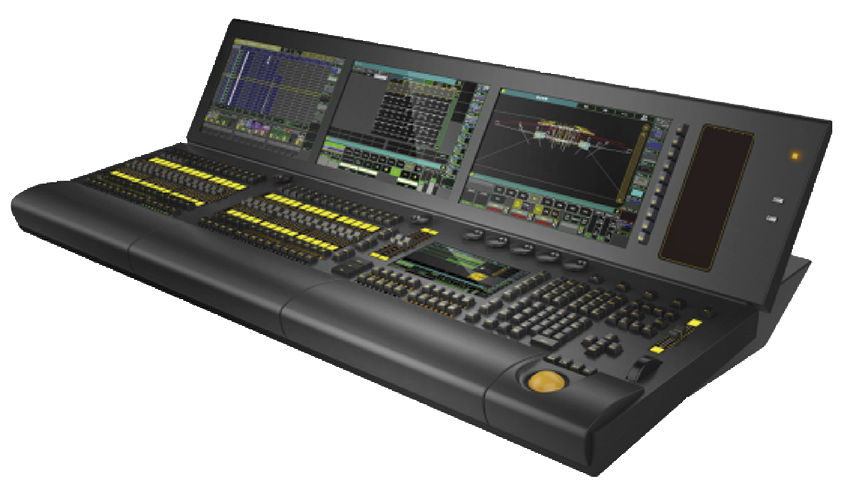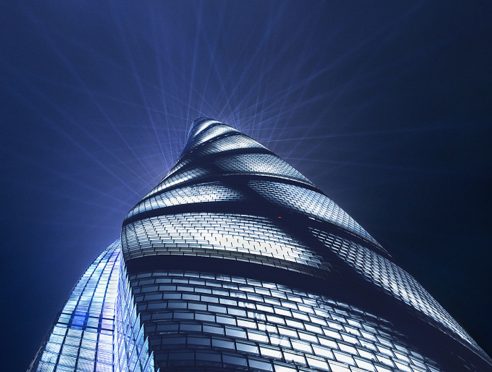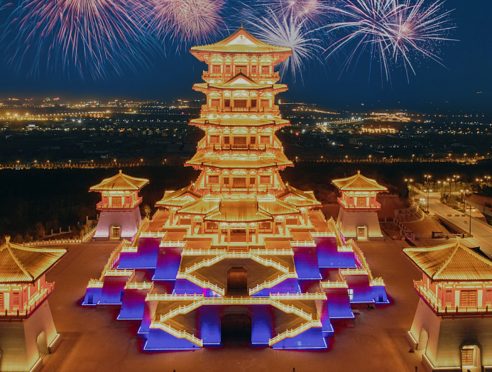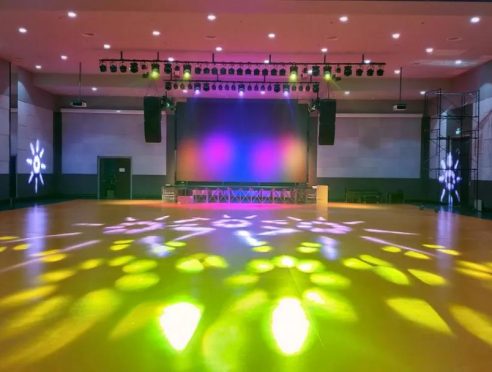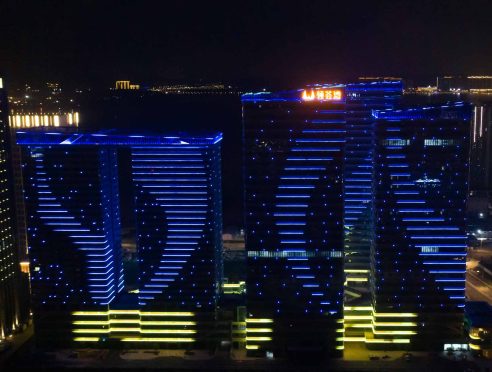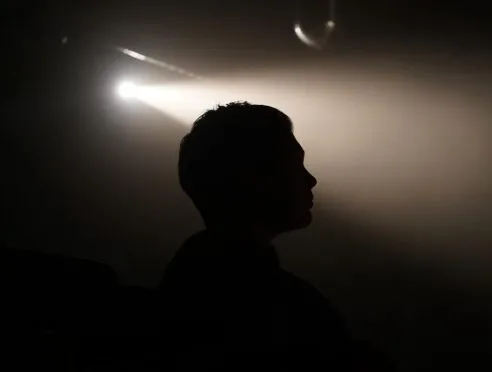What are the importance of Stage Lighting Design?
Stage lighting is an important part of the composition of the performance space. It is the lighting design of the characters and the required specific scenes in an all-round visual environment according to the development of the plot, and the design intention is purposefully reproduced to the audience in the way of visual images. We should comprehensively and systematically consider the spatial modeling of characters and plots, strictly follow the modeling rules, and make good use of modeling methods. Stage lighting design has very abundance of knowledge.

The role of stage lighting in modern stage performances includes the following aspects:
- Lighting performance, so that the audience can see the performance of the actors and the scenery image
- Direct the audience's sight
- Shape the character image, heighten the emotion and show the stage illusion
- Create the space environment needed in the play
- Render the atmosphere of the play
- Show the transformation of time and space, highlight the dramatic conflict and strengthen the rhythm of the stage, rich artistic appeal. Sometimes with stage stunts.

In modern performances, the intensity, color, distribution of the lighting area, the movement of the lights and so on have great plasticity and controllability. The artistic effect of the stage lighting is presented with the progress of the performance and the constant change of the stage atmosphere. Stage lighting is a combination of space art and time art. The historical development of stage lighting is closely related to the evolution of drama and the progress of science and technology.

Stage lighting control systems must be able to effectively control and deploy all lamps and produce harmonious artistic effects. It is composed of three parts: a power distribution board, dimmer and general console.
At present, the lighting design of many stages is mainly based on the script, the director's requirements and the overall idea of stage art. The lighting design drawing is drawn and the technical embodiment is arranged in detail. Lighting design should be able to use a variety of modeling means to adapt to different styles of performance, such as some performance requires a realistic style, while some require the creation of abstract, freehand, or metaphorical mood.
With the progress of science, the stage lighting design in many performance halls is very charming. When doing stage lighting design, it is also necessary to reasonably choose some lighting equipment, which is the focus of successful design.









